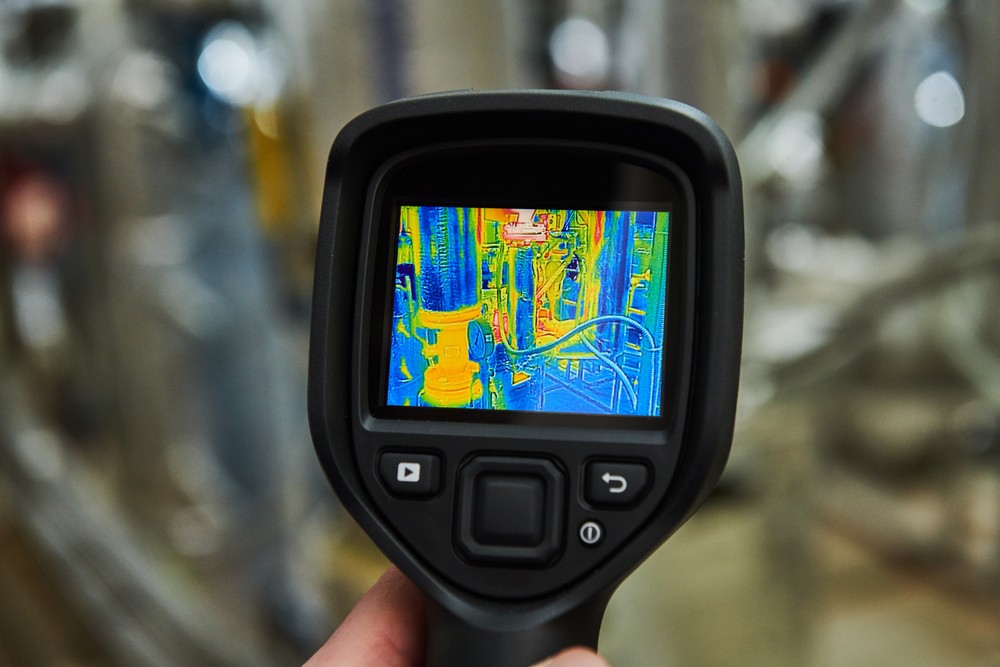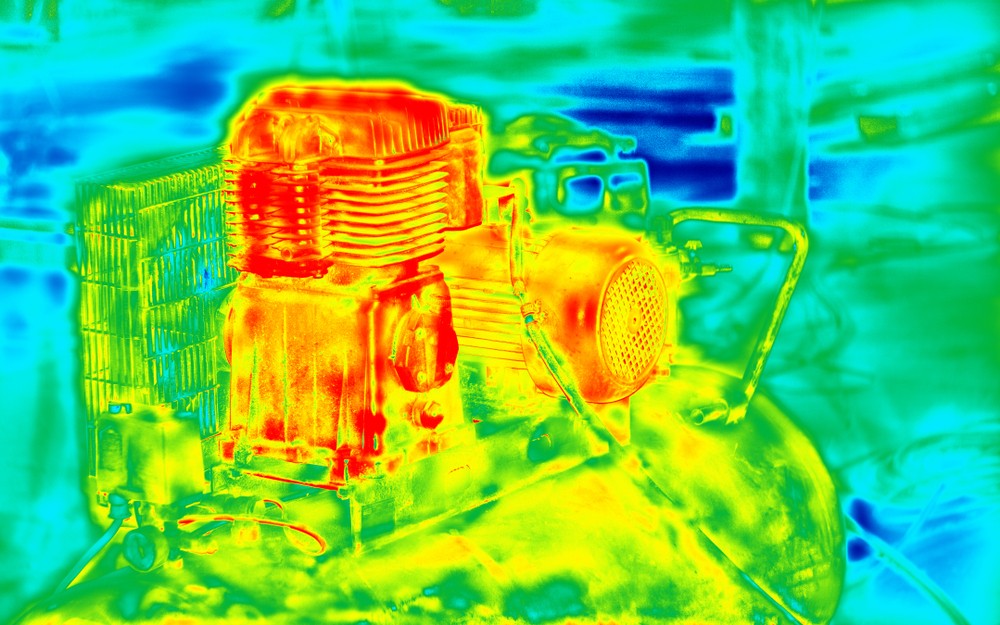Get Familiar with the 3 Modes of Thermal Inspection

Thermal imaging tools are prevalent within the manufacturing environment. Temperature is a crucial variable to monitor and measure across a broad range of applications. Good thermography can prevent friction damage, fire hazards, overheating, and much more, depending on the equipment. But pointing a thermographic imaging monitor at a piece of equipment isn’t enough. It takes the right mode and method of thermography to provide real, actionable information.
Why thermography?
Thermographic monitoring is important for so many reasons, but it really boils down to the fact that temperature is, for all intents and purposes, invisible. Sure, you can see a red-hot piece of metal or the heat waves coming off of a moving component — but these don’t actually tell you anything. We can only see the effects of temperature; often, too late.
Thermography gives temperature color — a variable we can distinguish. More than that, it provides a quantitative reading. You can look through a thermographic camera and see a red breaker in your circuit panel with a reading of 145 degrees and know it’s a fire hazard waiting to happen — before the fire does.

3 types of thermal inspection
Thermal imaging itself is a useful tool for understanding the temperature of equipment. But how you administer thermal tools plays a role in how to prevent problems or administer repairs to equipment. Here’s a quick look at the three chief modes of thermal inspection:
- Baseline thermography. This is a type of comparison thermography (more below) that involves imaging a baseline thermographic level for reference. For example, say your motor runs at 210 degrees and shows heat only on its rotational axis. If, during a future inspection, it registers 275 degrees and shows heat outside of the core rotational axis, it may indicate a problem.
- Comparison thermography. This involves imaging similar pieces of equipment to ensure there aren’t any anomalies. For example, you have two motors with the exact same specifications. You take a thermal image of both and see that one is 50 degrees hotter than the other, which may indicate a problem.
- Thermal trending. This method of imaging involves taking a constant thermal profile of equipment to see its readings in real-time. These imaging applications are generally set up with Industrial Internet of Things (IIoT)-enabled sensors to moderate machine operation past a specific temperature threshold or send alerts in the event of abnormal readings.
Each of these inspection modes provides data in a different capacity. Baseline thermography tells you what’s normal for your equipment over the life of its operation. Comparison thermography helps pinpoint machine-specific defects or the need for maintenance/repairs. Thermal trending incorporates into preventive and proactive maintenance plans.

Make thermography part of your maintenance
Regardless of how you apply thermographic imaging to your maintenance program, make sure you’re using it the right way. The data you get from thermography needs to inform decisions about how and when to service equipment, and to what degree. Pointing a thermal camera at something and seeing that it’s running too hot (or too cold) is only the first step. How you understand and interpret that data plays an important role in everything from machine integrity to worker safety.